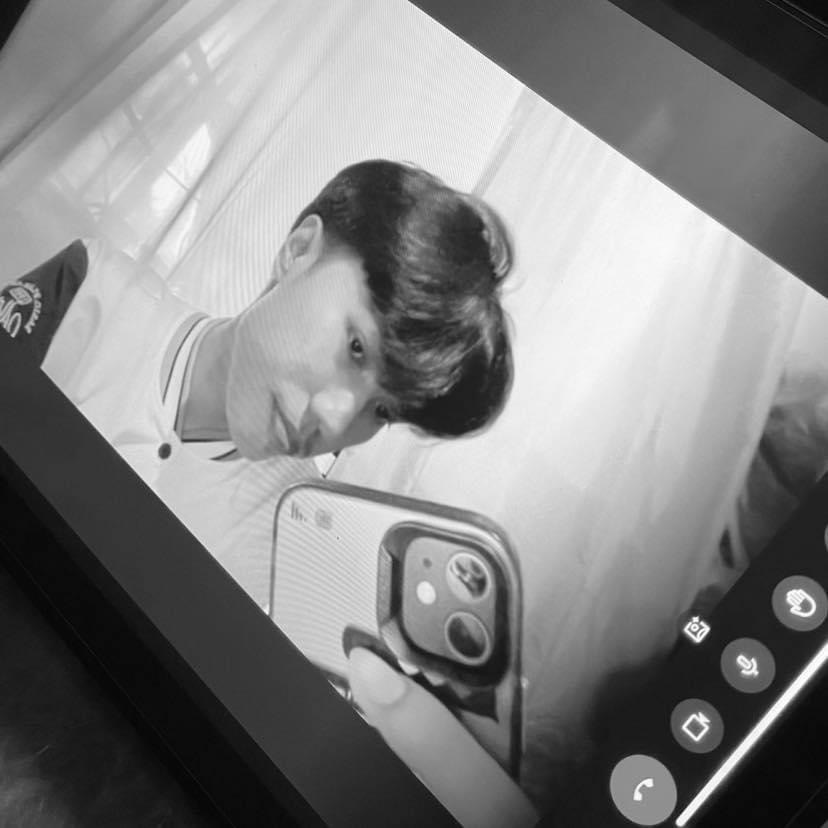Gr8_Mediated Com and its impact on Personal Relationships
Cards (25)
- Mediated communication or mediated interaction - is the term by which exchange of information or messages is done through the use of technology. This type of communication enables people to connect and interact with each other across different locations and time zones.
- TYPES OF MEDIATED COMMUNICATION
- Synchronous Communication
- Asynchronous Communication
- SYNCHRONOUS COMMUNICATION - Communication that occurs when the exchange of information or messages between the sender and the receiver happens at the same time.
- ASYNCHRONOUS COMMUNICATION - Any form of communication involving a delay between when the sender transmits a message and the receiver interprets it.
- PERSONAL RELATIONSHIP - refers to a meaningful connection between people, characterized by emotional connections and shared experiences. It brings joy, emotional support, and a sense of belonging, but also entails disappointment, betrayal, and conflict in one's life.
- TYPES OF PERSONAL RELATIONSHIP
- FAMILY
- FRIENDS
- PARTNERSHIP
- FAMILY - a group of two or more persons related by birth, marriage, or adoption who live together, constituting a single household and interacting with each other in their respective social positions, usually those of spouses, parents, children, and siblings
- FRIENDS - can be thought of as a close tie between two or more people that is often built upon mutual experiences, shared common interests, and values.
- PARTNERSHIP - romantic partnerships, including marriage, are close relationships formed between two people that are built upon affection, trust, intimacy, and romantic love. We usually experience this kind of relationship with only one person at a time.
- IMPACT OF MEDIATED COMMUNICATION ON PERSONAL RELATIONSHIPS
- positive impacts - Accessibility, Convenience, and Support Systems.
- negative impacts - Shallow connections, Dependency and Overuse, Heightened disputes, and Trust Issues.
- Accessibility - Technology makes it easier to stay connected with friends and family, even when they're far away. It also helps people meet new friends from different parts of the world, breaking down geographical barriers.
- Convenience - It allows people to share updates and moments from their daily lives quickly, helping them feel closer even when they're apart. It also supports communication at different times, making it easier to stay in touch despite busy schedules.
- Support Systems - Online platforms and group chats provide spaces for emotional support, whether through close friends or larger communities. Sharing positive experiences online can also strengthen relationships and create lasting bonds.
- Shallow connections - Sometimes, the focus on staying in constant contact can lead to surface-level conversations instead of meaningful connections. Messages can also be misunderstood without non-verbal cues, leading to unnecessary conflicts.
- Dependency and Overuse - Relying too much on online communication can make people less comfortable with face-to-face interactions. It might also give a false sense of connection, leaving some feeling isolated.
- Heightened disputes - Disagreements can spiral out of control more easily in digital spaces, and being ignored or "ghosted" online can hurt relationships.
- Trust Issues - Sharing too much online can backfire,either by breaching privacy or creating tension in relationships. Overusing communication tools can also lead to excessive monitoring or distrust between people.
- Mediated communication - plays a big role in how people build and maintain relationships today. It makes staying in touch across long distances much easier, helping to keep connections alive that might otherwise fade over time. However, replacing face-to-face conversations with digital ones can sometimes change the way people interact, potentially making relationships feel less deep or genuine.
- STRATEGIES TO HAVE A HEALTHY MEDIATED COMMUNICATION
- Use Proper Netiquette
- Be Clear and Concise
- Maintaining a Positive Tone
- Be Respectful and Empathetic
- Use Proper Netiquette - numerous norms have developed to help individuals communicate in the computer mediated communication context. They're so common that we have a term for them, ().
- Netiquette - is the set of professional and social rules and norms that are considered acceptable and polite when interacting with another person(s) through mediating technologies.
- Netiquette - emphasizes that different contexts can create different () needs. Specifically, how one communicates professionally and how one communicates socially are often quite different. For example, you may find it entirely appropriate to say, "What's up?!" at the beginning of an email to a friend, but you would not find it appropriate to start an email to your boss in this same fashion.
- Be Clear and Concise - To ensure your message is easily understood, use simple language and avoid jargon or overly complex terms. keep your messages focused and to the point to prevent misunderstandings and save time. It is always important to strive for clarity in the structure, descriptions, explanations, and directions you provide during communication.
- Maintaining a Positive Tone - by using encouraging and positive words, while avoiding negative or harsh language. Emojis and emoticons can help convey tone and emotion, but use them appropriately and sparingly to keep communication effective and friendly.
- Be Respectful and Empathetic - by considering the recipient's perspective, which involves thinking about how your message might be received and showing understanding towards their feelings and viewpoints. It's also crucial to respect privacy by avoiding the sharing of sensitive information without the explicit permission of the person involved. This ensures that your communication is not only respectful but also considerate, fostering trust and mutual respect.
